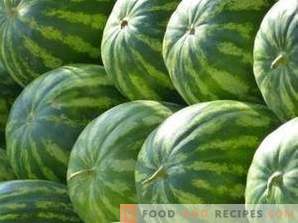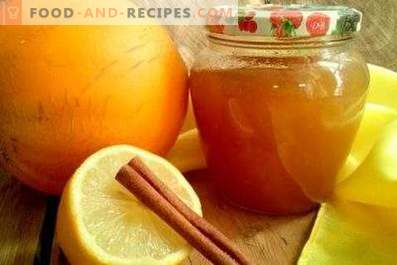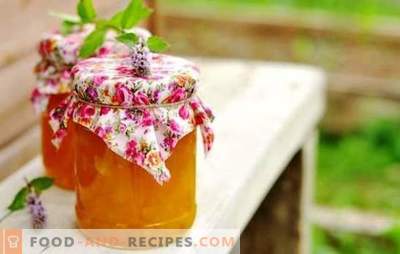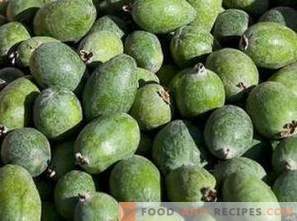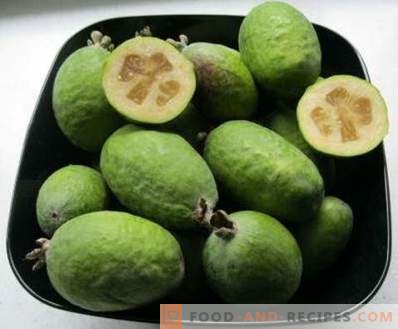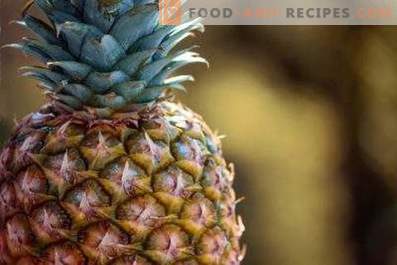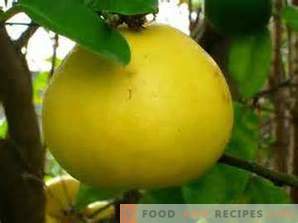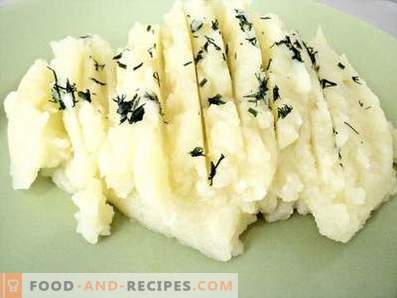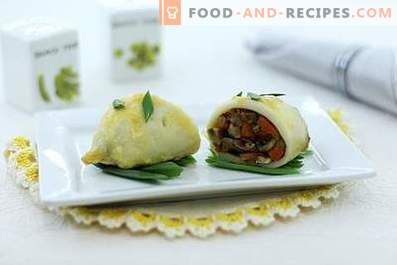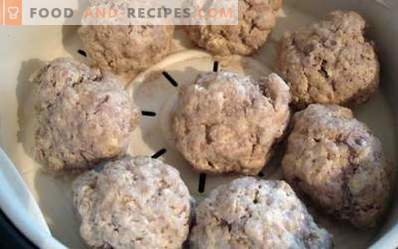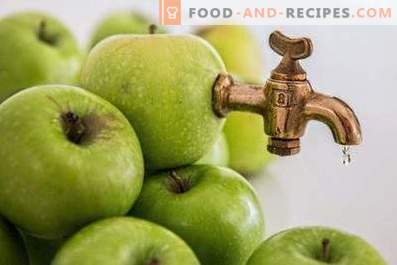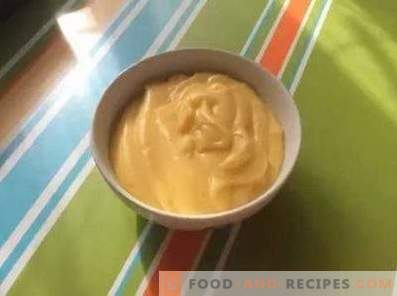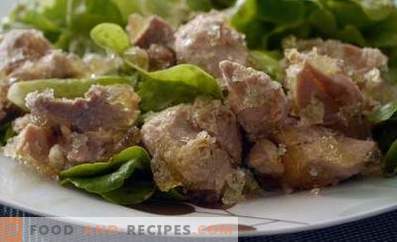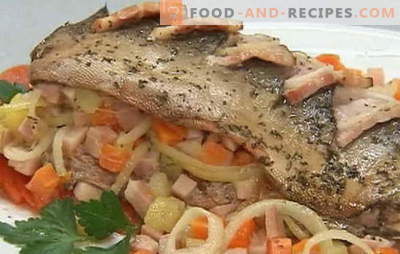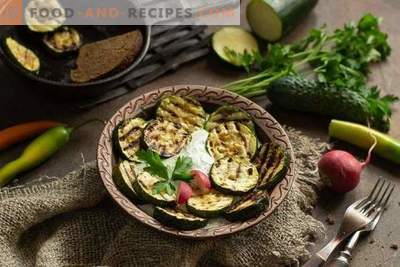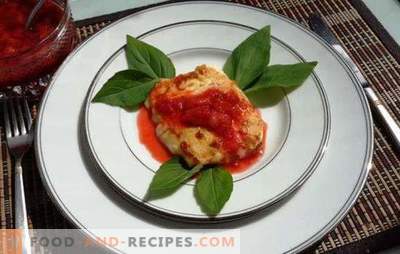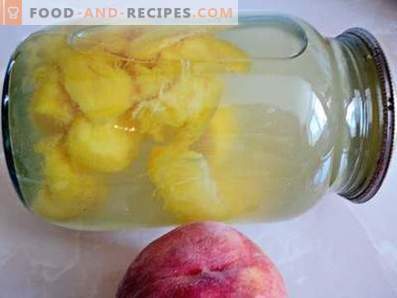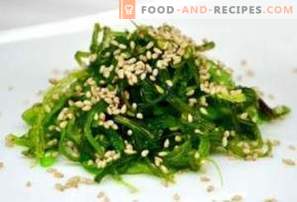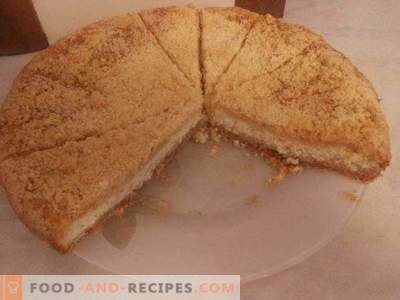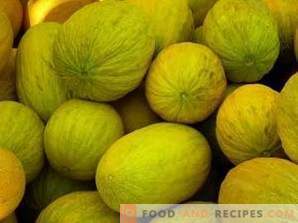
Every year we look forward to the onset of the watermelon-melon season to enjoy these seasonal delicacies. There are a lot of offers on the market, but how among the many melons to choose the very, most juicy, fragrant and sweet? After all, far from always melon, beautiful in appearance, turns out to be ripe. It often happens that the fruit, seemingly ripe and even smelling delicious, tastes completely bland and tasteless.
Guess is really difficult. But you can remember a few distinctive features that will help not to be mistaken with the choice of oriental beauty.
Place of purchase
Of course, an ordinary buyer is not able to control the conditions in which the melon was grown, but by choosing the right place of purchase, the risk of food poisoning can be significantly reduced.
Melons and watermelons dumped in roadside dust sold on highways and spontaneous markets are not the safest product. In such places, melons often crumple, the peel cracks and beneath it begins the as yet not visible process of decay. Through damage and microcracks, bacteria and microorganisms enter the fetus, which as a result can lead to intestinal upset at best, and serious food poisoning at worst. In addition, the melon perfectly absorbs all toxins and heavy metals, which are saturated with carriageways.
The product should not be lying on the ground, it should be stored in boxes and covered with a special awning or canopy. It is best to buy vegetables in the supermarket or in a specialized market, where the sellers and their goods are monitored. Feel free to ask the seller for a certificate of quality that must be attached to each product. If instead of a certificate you will be offered a story about what kind of ideal product is languishing on the counter, it’s better not to get in touch with such a seller.
Strictly discard the cut fruit, even if they are wrapped with cling film. No cellophane will protect the flesh of the fetus from the ingress of pathogenic bacteria. In addition, it is unknown when this melon was cut - 10 minutes or 10 days ago.
Choosing a torpedo melon
“Torpedo” melon is one of the most beloved and tasty melons sorts sold on Russian shelves. It is not recommended to buy fruit before the middle of August, as an unripe melon is not only tasteless, but also unhealthy. Unscrupulous sellers often tear an unripe melon, because then it will be harder and easier to transport, so the risk of running into an unripe fruit is quite high.
Ripe “torpedo” has a delicate flavor and unsurpassed taste that just melts in your mouth. In addition, the melon pulp is saturated with vitamins of groups B and C, fiber and enzymes that improve the bowels.
Here are a few rules that will help you choose a truly ripe and tasty “torpedo”:
- Before buying, the first thing to do is carefully inspect the appearance of the product. Melon “torpedo” is elongated, and the skin has a light yellow color. Rough grooves stretch over the peel, which form a kind of cobweb on the surface of the fruit. If this cobweb is not yellow, but green, it means that the melon has not ripened. The thicker the mesh, the sweeter the melon.
- The melon should be free of cracks and dents - they are a sign that the fruit has either been improperly transported, or they have already ripened and began to rot.
- If there are large dark spots on the skin, then the fetus is affected by the disease.
- Special attention should be paid to the tail - it should be dry. The unripe specimen has a greenish crust and a “live” tail.
- We examine the “nose” - the side opposite to the “tail”. If the “nose” is too hard - the melon has not ripened, and if it is too soft, then it has already ripened. Ideally, the “nose” should be slightly indented.
- Now we take a melon on our hands and gently squeeze - a ripe specimen is hard enough to touch. With a light slapping of the palms on the sides, there should be a thud - it is a sign of ripeness.
- Slightly remove the upper layer of the skin with your nail - it should be easy to remove. If there is visible greenish pulp under the skin, this is a good sign.
- Now we smell a melon - a ripe fruit has an incomparable honey aroma. The higher the temperature, the better the aroma. If all the above signs of ripeness are present, and the flavor is absent, it means that this is not our client - the melon is certainly not ripe.
Choosing a “Collective Farmer” melon
The melon of the “kolkhoznitsa” variety is small and round, surprisingly juicy and fragrant. It grows, in contrast to the "torpedo" in our latitudes, in particular - in the Volga region. It costs, as a rule, cheaper than a “torpedo”, but its aroma and taste is in no way inferior to its Uzbek counterpart.
- The ripe “kolkhoznitsa” should be bright yellow in color, the green fruits are not mature fruits. The surface of the fetus should be as smooth as possible in color and structure.
- You can lightly press on the melon's surface with your fingers - if the traces are quickly aligned, leaving no wet spots and dents behind, then the fruit has the desired degree of maturity.
- Pay attention to the integrity of the peel - among the natural mesh surface is easy to miss the crack. But melons with defects are definitely not suitable for us. All cracks and damage indicate low taste and over-ripeness.
- When tapping a melon, a thud should be heard.
- A thick stem and a large footprint from a flower indicate that there is a “girl” in front of you - such a melon is more likely to be sweet and fragrant.
- All ripe melons, regardless of the variety, exude a delicate honey aroma. In overripe fruits, the smell is quite heavy, giving away rottenness. The immature specimens have no smell at all, or they smell like grass.
Which melons should not be bought
In order to facilitate transportation, many sellers have resorted to waxing the fruit. On the use of special aerosols says shiny type of melon. In addition, after touching such processed fruits, barely noticeable oily traces remain on the fingers. Most likely, such a melon was torn off unripe and was subjected to long-term transportation.
Too dirty or too clean melons should also alert. Dirty melons mean that they were harvested in rainy weather, and the fruit remained on the ground for a long time, which significantly impairs their taste and makes them watery. Too pure melons suggest that they were probably washed. When washing, the natural bactericidal layer on the skin is disturbed, which allows bacteria to freely penetrate into the fetus.
Ideally, the melons should not be dirty and with natural “sputtering”, which would indicate that the fruit was not subjected to any processing.
Signs of supersaturation with nitrates can be the presence of a large number of longitudinal veins in the pulp of the fruit, as well as empty seeds of grayish color. Such fruits usually do not have a pronounced honey flavor. If there is a suspicion that the fruit is overnourished with nitrates, then it is better not to eat the flesh near the crust - this is where all the harmful substances accumulate.
That's all you need to know about the melon, so as not to be mistaken with the purchase. Enjoy your meal!

